Find the odd one out of the artifacts
Artifacts from different eras may be discovered at the same excavation site. Generally, objects found on the surface are more recent than those found deeper. However, soil disturbances from natural or man-made causes may displace the artifacts. Archaeologists recognize the odd artifacts. How about you?
The challenge consists of answering four multiple-choice questions.
Note: An HTML version is available here should you experience issues.
Find the odd one out
Find the artifact that is not from the same era as the other two.
1. Three artifacts discovered on the Cliche-Rancourt site in Lake Megantic.

A
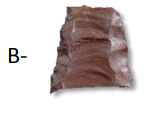
B

C
2. Three objects discovered on the Gaudreau site in Weedon.

A
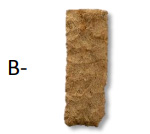
B
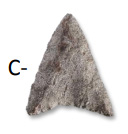
C
3. Three objects discovered on the Kruger 2 site in Sherbrooke.
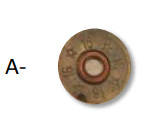
A
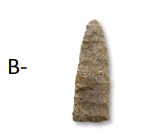
B
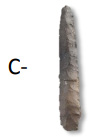
C
4. Three objects discovered on the Gaudreau site in Weedon.
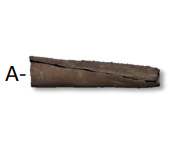
A
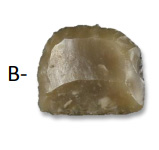
B
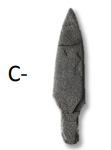
C
Answer key
1-Answer: C - Plano point fragment from the Late Palaeoindian period.
Artifacts A and B represent two Clovis fluted point fragments dating from the Early Palaeoindian period.
2-Answer: B - Plano point fragment from the Late Palaeoindian period.
Artifacts A and C represent a piece of ceramic and a projectile point from the Woodland period.
3-Answer: A - The shell from a 16-gauge gun.
The projectile point (B) and the stone borer (C) are dated from the Late Palaeoindian period.
-
4-Answer: B - Plano point fragment from the Late Palaeoindian period.
Artifacts A and C represent a piece of ceramic and a projectile point from the Woodland period.





